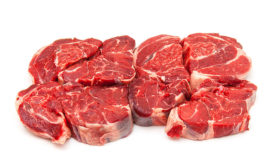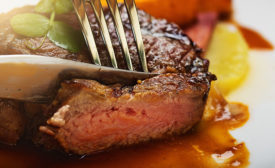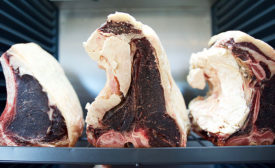Beef
Meat Science Review
Mulitple-hurdle antimicrobial interventions and ground beef quality
August 9, 2018
Guest Commentary | Dr. Phil Bass
Beef tenderness and physiological maturity
Want tender? Get out the (connective) tissues!
Read More
Food Safety
Can genomics advance pre-harvest intervention strategies?
Common-sense prevention still works for pre-harvest intervention, while new food safety tools continue to be researched.
Read More
Stay ahead of the curve. Unlock a dose of cutting-edge insights.
Receive our premium content directly to your inbox.
SIGN-UP TODAYCopyright ©2024. All Rights Reserved BNP Media.
Design, CMS, Hosting & Web Development :: ePublishing






